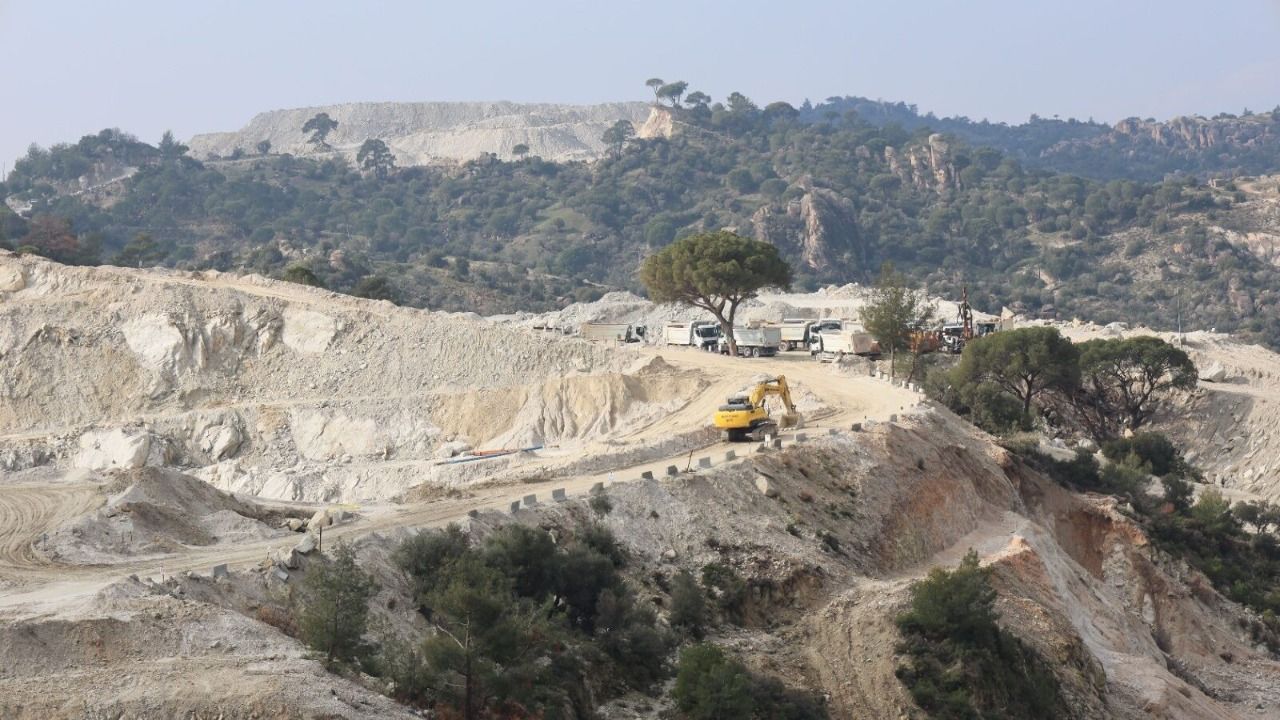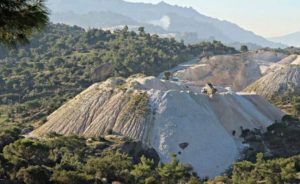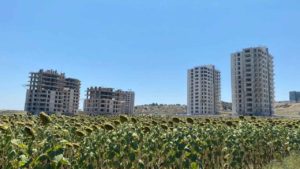Aydın, long celebrated as an agricultural paradise, is now confronting a distressing truth regarding the depletion of its agricultural lands, a revelation brought to light by the comprehensive report compiled by the Aydin Branch of the Chamber of Agricultural Engineers.
Aydın, historically known for its cultivation of diverse crops, such as figs, olives, cotton, and chestnuts, is facing a challenging predicament.
The recent study conducted by the Aydin Branch of the Chamber of Agricultural Engineers exposes the disheartening state of deteriorating agricultural lands.
During his recent announcement regarding the extent of agricultural land degradation over the past two decades, Mayor Zeki Oymak revealed unsettling trends.

Mr Oymak
According to data from the Aydın Provincial Directorate of Agriculture, the period from 2002 to 2021 witnessed a concerning decline in Aydın’s agricultural land, dropping from 44.33 percent to 39.98 percent.
A total of 357,429 decares of land have been withdrawn from agricultural production, with a significant portion converted for urban use.
An additional 43,000 decares of land were reallocated for road construction and geothermal energy projects, while more than 300,000 decares have become unsuitable for agriculture, largely due to urban expansion.
The issue is not confined to the Aydin region. This troubling trend, which is fundamentally reshaping the landscape, has had a significant impact on the nation’s agricultural footprint.
Aydın has seen close to 360,000 decares of land lost over the past two decades.
Oymak underscored the challenges faced by small-scale production enterprises, compelled to exit the agricultural sector due to escalating input costs.
This phenomenon has led to an erosion of profitability, forcing farmers to abandon their agricultural livelihoods. Small enterprises represent a substantial segment of the Turkish agricultural sector, accounting for 85-90 percent of businesses and owning between 55-60 percent of the agricultural land.
A significant reduction in their presence in agriculture would have detrimental consequences. Prioritizing small enterprises is imperative, with the need to create an enabling environment for their survival, he said.


